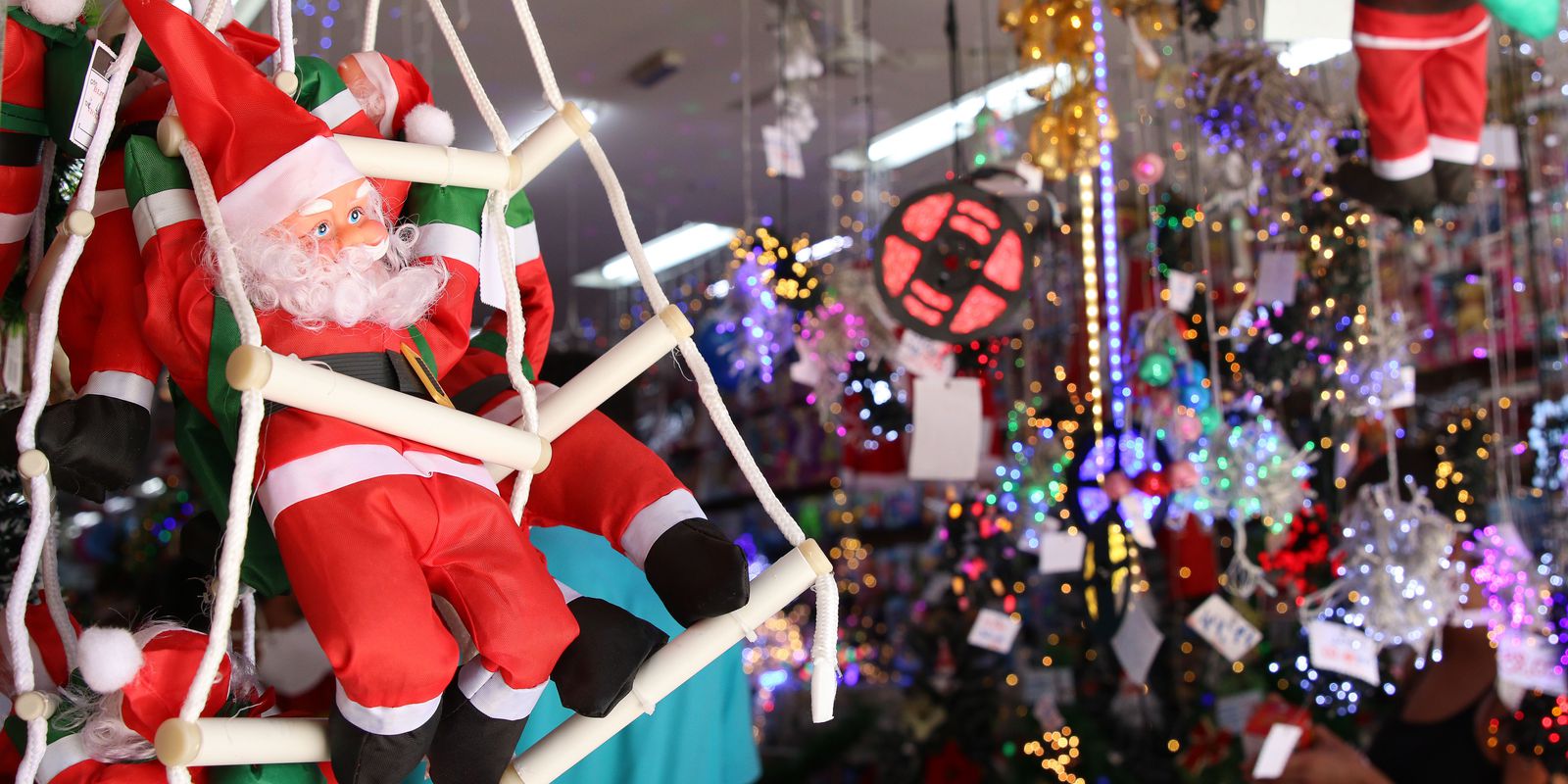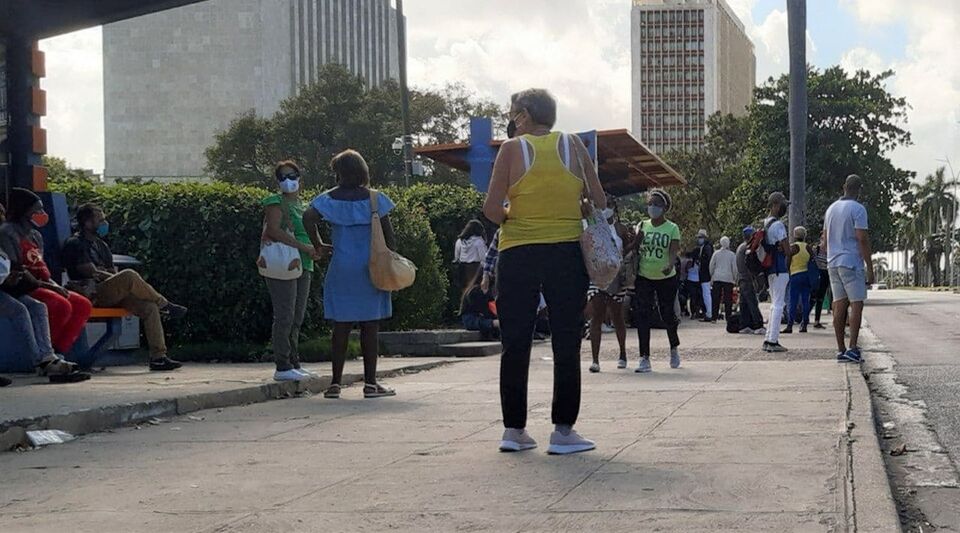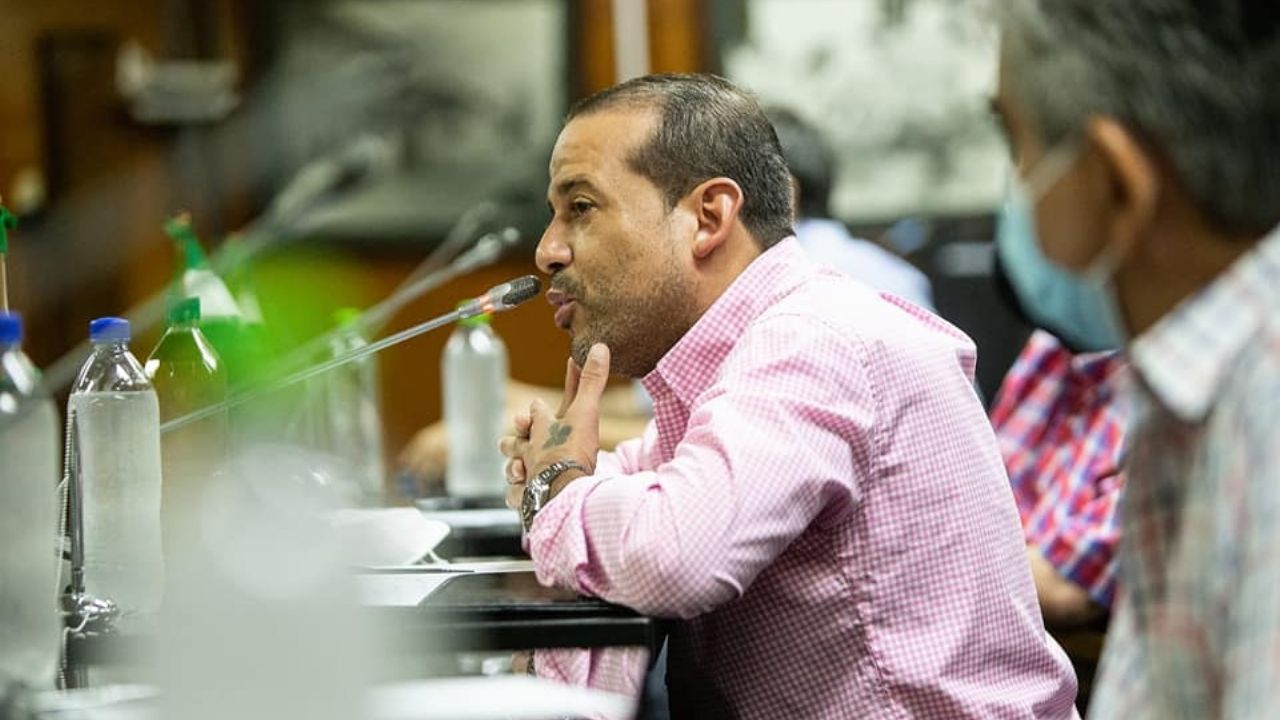An estimate by the National Confederation of Commerce of Goods, Services and Tourism (CNC) shows that Brazilian retail sales will have a turnover of BRL 57.48 billion this Christmas, with a 9.8% increase in sales compared to the same period in the last year. CNC senior economist Fabio Bentes warned, however, in an interview with Brazil Agency today (13), once inflation is discounted, the sales volume will suffer a retraction for the second consecutive year, of the order of 2.6% in 2021, compared to the Christmas sales volume in 2020. 
In 2019, Christmas sales expanded by 4.8%. Christmas is the main commemorative date for Brazilian retail, having accounted for 22% of total December sales in the last ten years.
Bentes pointed out that the increase in sales should be eroded by high double-digit inflation. “This made all the difference, to make the trade, at least in our expectation, to reach the second Christmas in a row with a retraction in sales volume, which has not happened since 2016”.
Although the flow of consumers is returning to pre-pandemic levels, Fabio Bentes noted that consumers’ pockets are different. According to a Google survey, carried out at the end of the first week of December, for the first time since the beginning of the pandemic, the flow of consumers in commercial establishments surpassed the observed number of customers at the end of February 2020, with an increase of 1, 9%. In the same period last year, the flow of consumers was 13.4% below the pre-pandemic level.
The CNC economist recalled that at Christmas last year, inflation was around 5% to 6%. “Today, inflation is twice that”. The country now has higher interest rates as well, which makes credit unattractive for consumers. In December last year, the average consumer interest rate was 37% per year. This year, it should be above 45% per year. “This makes a difference when it comes to term consumption,” says Bentes.
Highlights
The supermarket sector should be the highlight at Christmas this year, accounting for 38.5% (R$22.11 billion) of the total volume, followed by clothing, footwear and accessories establishments (35.3% of the total or R$20 .28 billion) and by stores of articles for personal and domestic use (13.2% or R$ 7.60 billion).
In regional terms, the states of São Paulo (BRL 18.01 billion), Minas Gerais (BRL 5.19 billion), Rio de Janeiro (BRL 4.93 billion) and Rio Grande do Sul (BRL 3. 62 billion) will concentrate more than half (55%) of the expected financial movement.
Imports
As prices in the domestic market have risen a lot for retail, above those practiced abroad, this ended up stimulating the importation of typically Christmas products in the quarter that precedes the main commemorative date of Brazilian trade. Data from the Foreign Trade Secretariat show that imports of Christmas products made between September and November 2021 (US$ 436.1 million) grew 19% compared to the same period in 2020 (US$ 367.2 million), reaching a level slightly lower (-1%) than that verified in the same period of 2019 (US$ 439.6 million). The average exchange rate between September and November 2021 (R$5.57) was practically identical to the same period in 2020 (R$5.58).
“We are subject to cost inflation here much stronger and more significant than the exchange rate devaluation, which practically did not occur. We had periods of fluctuation this year, but when we compare this year’s pre-Christmas with last year, the exchange rate was practically the same, which placed retail imports at a level well above last year’s and a little lower than in 2019”. The imported products with the biggest increases compared to Christmas 2020 were perfumes (+550%) and toys (+60%).
From the point of view of employment, CNC expects that 89.4 thousand temporary vacancies will be created for Christmas this year, 31% higher than the hiring for the atypical Christmas 2020, but less than the 91.6 thousand vacancies created for the date, in 2019. Three months ago, the entity projected the opening of 94,200 temporary jobs. The reduction is linked to the prospect of a weaker Christmas, which ends up inhibiting the hiring of temporary workers. “It will exist, but at a lower level than in previous years.”
According to the CNC, the largest number of vacancies (63% of the total or 56.27 thousand) will occur in clothing, footwear and accessories stores, followed by the hyper and supermarket segments (16.63 or 19% of the total) and retail stores. articles for personal and domestic use (11.08 thousand or 12% of the total). Regionally, São Paulo (25.61 thousand), Minas Gerais (9.63 thousand), Paraná (7.09 thousand) and Rio de Janeiro (6.63 thousand) will offer most of the vacancies.
The basket of products most in demand at Christmas reveals an increase of 13.8% in the last 12 months to December, higher than the inflation accumulated in the same period by the Broad Consumer Price Index (IPCA), which was 10.7%. The result is also greater than the 15.1% change registered in the 12 months up to December of last year. Makeup articles had the greatest change (16.4%), while cod and telephone equipment showed deflation of 2.6 and 1.4%, respectively.
Pessimism
In Rio de Janeiro, rising food prices and falling family incomes will give Cariocas a more modest Christmas dinner than last year. This is the perception of 76% of 350 consumers interviewed by the Club of Store Directors of Rio de Janeiro (CDLRio) between the second half of November and the first week of December. Another 20% answered that the supper will be the same and 4% that it will be more abundant.
Despite the difficult scenario, 76% of respondents intend to spend up to R$250 on Christmas dinner; 20% between R$300 and R$400, and 4% above R$450; 70% intend to pay their expenses by credit card in installments; 24% with food card; 5% in cash and 1% by post-dated check. Encompassing Christmas dinner and gifts, 80% of consumers surveyed said they intend to commit up to 15% of their income; 15.5% between 16% and 25%; 4.5% above 35%.









